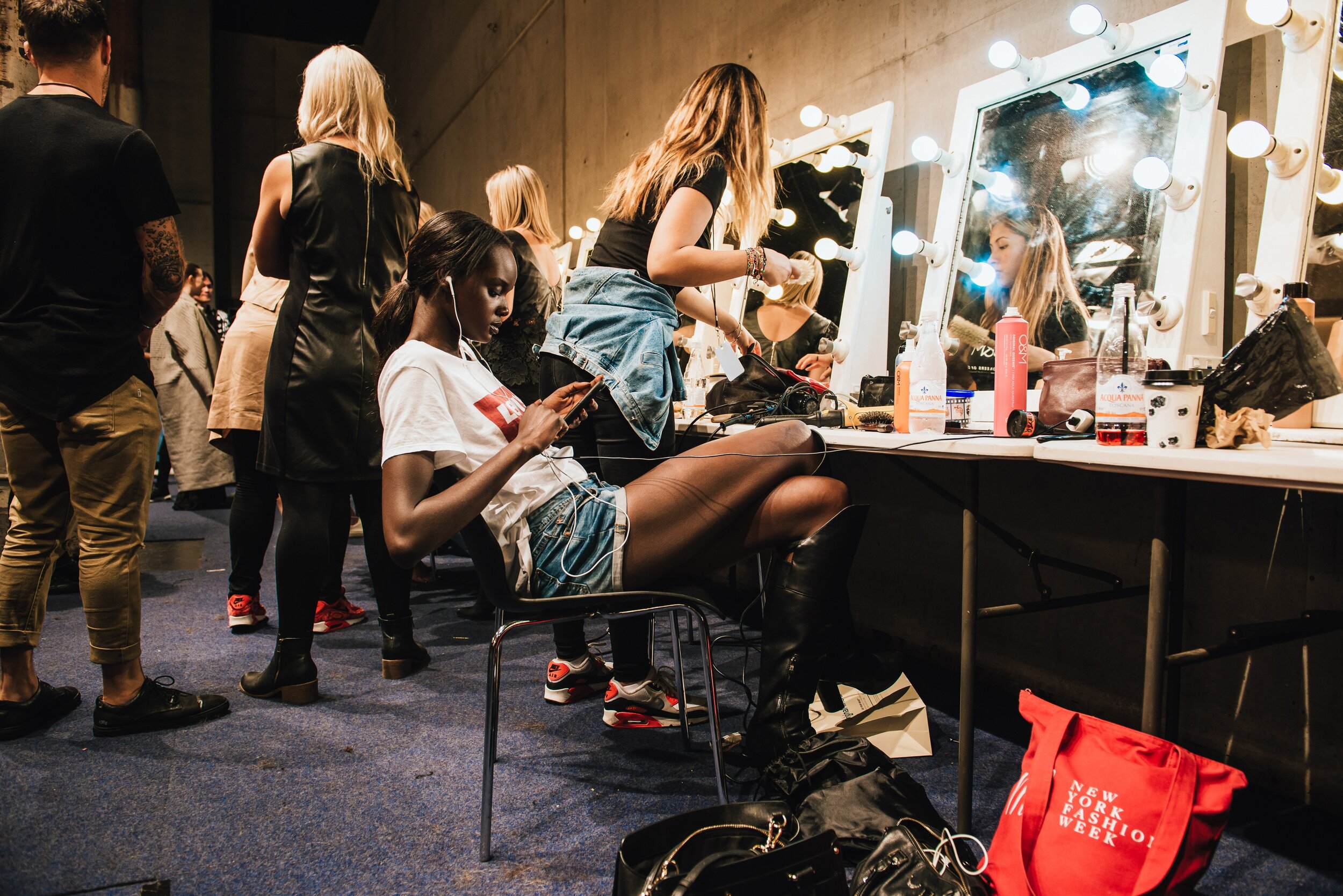How to Avoid Performative Activism on Social Media
Social media has become one of the primary mediums for activism and advocacy, no matter the topic or issue. But with the rise in social media activism, the potential toxicity of ‘performative activism’ has also been brought to attention. Platforms like Instagram and Twitter can be amazing tools for raising awareness and advocating for the causes you care about, but there is a right and wrong way to do so. Being an activist is a lot more than just reposting cute infographic and slapping hashtags onto your posts. So let's take a closer look into how we can more effectively participate in the online discourse and avoid being performative.
What is Performative Activism?
“‘Performative Activism’ is defined as activism that is done to increase one’s social capital rather than because of one’s devotion to a cause.” This kind of activism is often done online, and only addresses political issues on a surface-level and/or requires very little commitment or sacrifice.
This phenomenon was most rampant last June.
#BlackoutTuesday.
Since the 2020 summer Black Lives Matter protests, “performative activism” has been increasingly called out, particularly in response to the #BlackoutTuesday posts that flooded social media on June 2, 2020.
According to Jamila Thomas and Briana Agyemang, music executives and co-organizers of the #TheShowMustBePaused movement, the original intention of the day was for people within the music industry to "take a beat for an honest, reflective and productive conversation about what actions we need to collectively take to support the Black community."
However, once the infamous Tuesday had arrived, and black squares began flooding social media, it became clear that the initiative’s original message had been lost in the process of being spread.
Not only had many of the black boxes (which were not planned by Thomas and Agyemang) been captioned with "#BlackoutTuesday" as opposed to the original "#TheShowMustBePaused," but many included "#BlackLivesMatter," as well. As a result, the Black Lives Matter hashtag became congested with black squares, effectively burying critical information such as safety warnings and bail-fund resources for protestors at a time when global protests were facing extreme police retaliation.
Thomas and Agyemang made a follow-up message on Instagram to clarify the purpose of the demonstration and help remedy users' flawed execution, but ultimately, the thoughtless and performative nature of many participants' posts remained on full display.
This is a prime example of how social media, in theory, can be beneficial in helping spread awareness, but when performative activism is so common, political messages can easily be co-opted or lose critical context.
So, how can we effectively use social media for advocacy?
Social media can be great for practical acts of advocacy, such as sharing information about protests and potential danger as mentioned above, but there are limitations to online activism once it evolves into discourse. Even when it is unintentional, political discourse online can easily become toxic and ineffective in creating meaningful change. By hosting these kinds of discussions online, we often lose sight of nuances, our compassion for others, and end up engaging in toxic arguments.
So, to help make the most of your online discourse, here are a few tips for creating a more impactful space online:
If you are receiving political critique online, remember you aren’t necessarily being “canceled” or having your free speech taken away. Criticism is also part of open dialogue and free speech.
In certain instances, rather than calling someone out, use the “call-in” method where you “talk with someone privately about their behavior”
Do not use ad hominem (personal) attacks when debating politics
Do some fact-checking before sharing news/information
Remember your own journey to social consciousness before judging others
Take a break from social media - everyone needs it!
In an age where being ‘woke’ is the new ‘cool,’ posting on social media to raise awareness about an issue is the bare minimum. We also need to be holding ourselves accountable in our daily lives and ensure that we're practicing the values and beliefs that we preach online. The sooner we recognize how our own actions (or lack thereof) impact our communities, the sooner we can use our platforms and resources to create real, positive change.
Written by Olivia Deally and Aarna Dixit
Header photo by Sora Shimazaki via Pexels










